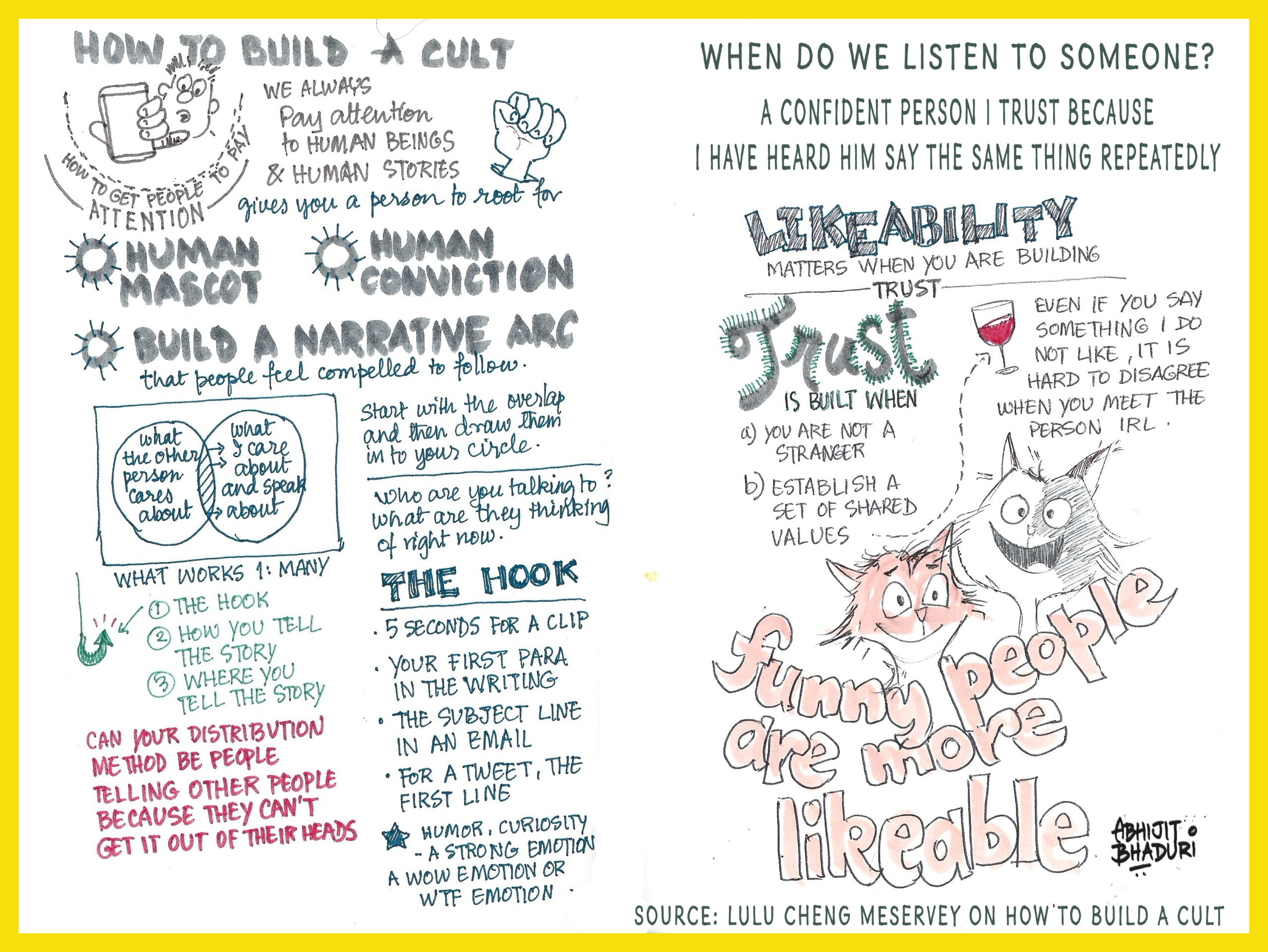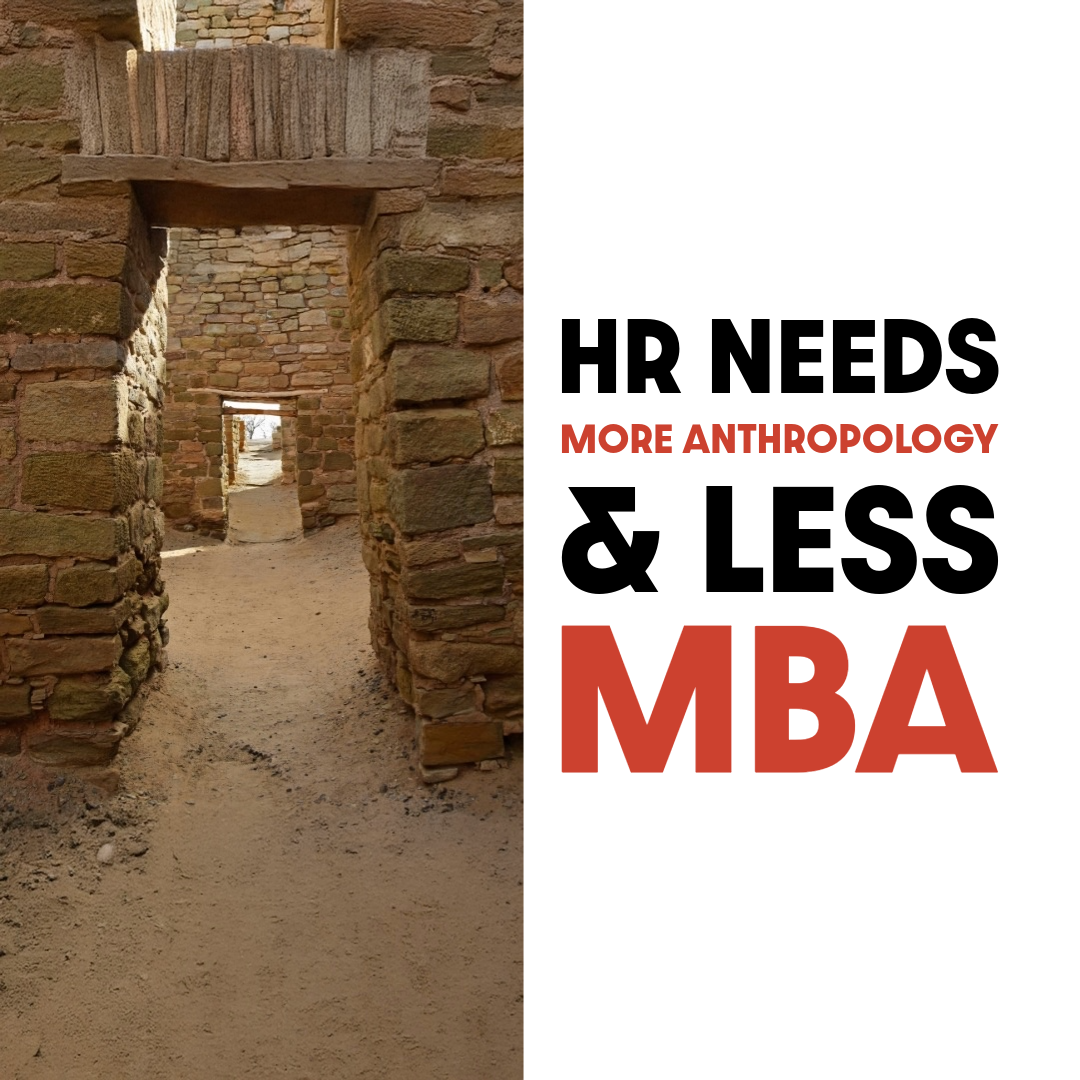
When I specialized in HR, I was told that HR is meant to be the voice of the employee. Today in most organizations, HR is not trusted by employees. It has tried to gain “a seat at the table” (a long standing dream shared in many a HR conference) but lost the right to share a table with the employee. Could it be that HR needs more anthropologists and fewer MBAs?
Listen to People Who Are Not Your Tribe
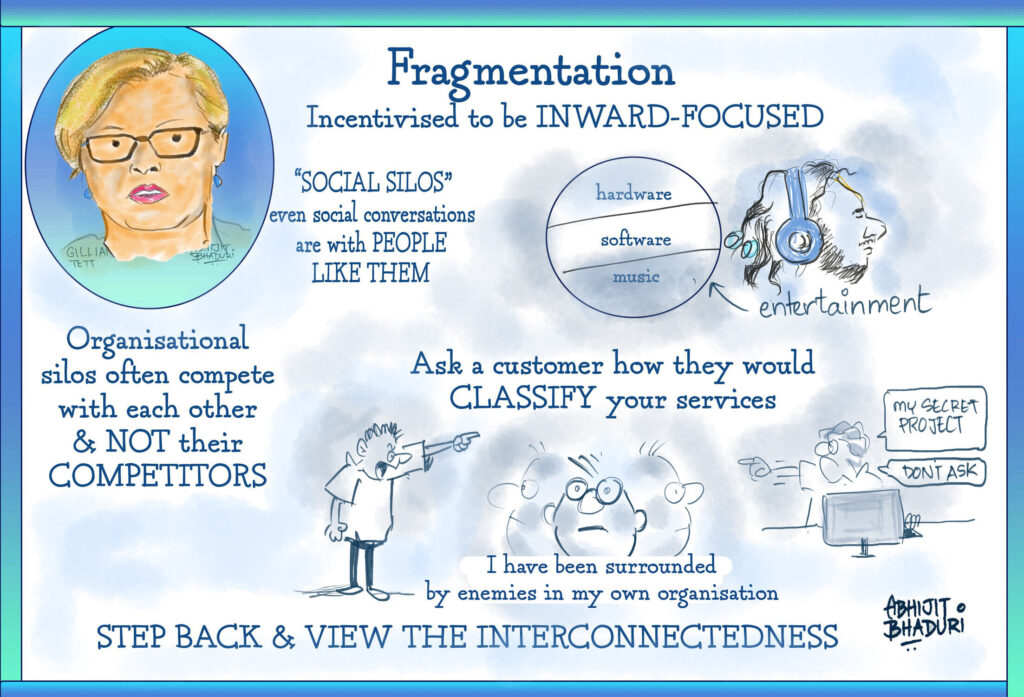
The Problem: HR and L&D often see themselves as the voice of the employee, yet paradoxically, non-HR employees are rarely invited to HR conferences.
• Silo Effect: HR professionals talk to other HR professionals, reinforcing their own frameworks rather than engaging with real employees across the business.
The Anthropologist’s Solution:
Instead of making HR/L&D exclusive to specialists, what if they were embedded within teams—functioning more like ethnographers, observing and engaging with real employee experiences? HR should actively embed itself into teams, projects, and frontline work to learn directly from employees in their natural work environment.
Become Familiar with What is Strange. Study how different industries reframe skills. (E.g., A project manager in construction has similar skills to an agile coach in software development.) Then design upskilling programs with that lens.
Question the Familiar: Challenge our own assumptions about job security, promotions, and expertise. View upskilling from the employees point of view. What are the L&D initiatives your employees would PAY for to attend. Keep just those ones.
Listen to Social Silence: Pay attention to what’s NOT being said about career paths (e.g., why companies overhype AI but underinvest in retraining employees).
Learn What You Have Never Been ‘Taught‘
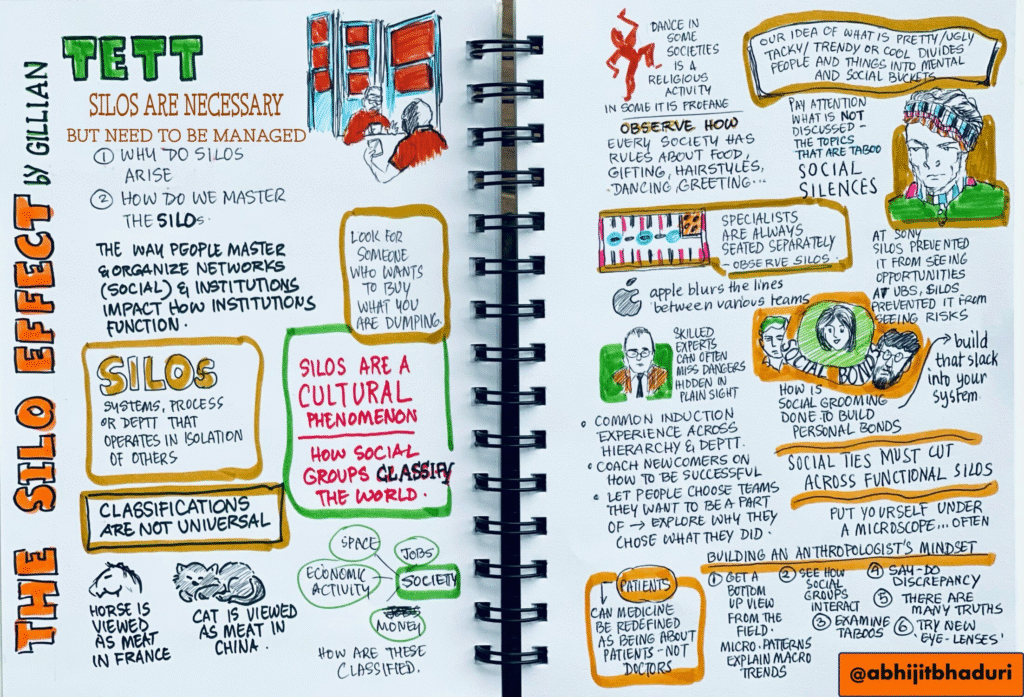
The Problem: Learning Is Still Viewed in a Linear Way
Schools and workplaces assume learning follows a structured syllabus. But in reality, learning is messy, contextual, and deeply influenced by cultural assumptions.
The Silo Effect in Learning: We separate formal education, on-the-job learning, and personal exploration—when they should be fluid. Many professionals say, “I don’t have the time to learn X,” but in reality, they don’t have a mental model for integrating learning into their work.
The Anthropologist’s Solution:
Immerse first, analyze later: Instead of waiting for structured training, dive into an unfamiliar subject (e.g., learning Python by working on a real project).
Observe what others do naturally: Many skills aren’t “taught” but picked up through cultural immersion.
Decode the “hidden curriculum” of learning: Every field has unspoken rules—anthropologists uncover these by watching, listening, and experimenting.
Actionable Learning Approach: Instead of expecting top-down learning, professionals should find and observe younger, more digitally native colleagues (e.g., how Gen Z uses TikTok for research).
Coaches Should Be Cultural Anthropologists
Executives Often Don’t See Their Own “Cultural Water”
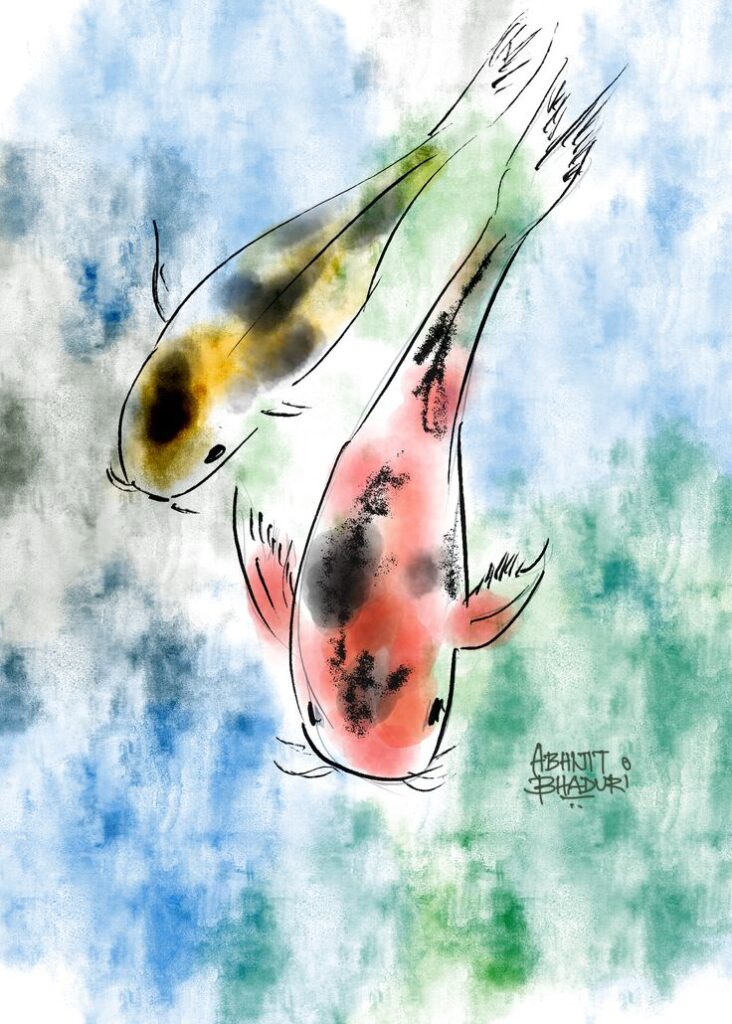
Leaders don’t notice their own biases and behaviors because they are too immersed in their own corporate culture.
Instead of just asking powerful questions, coaches should also observe leaders in action, analyzing hidden patterns in decision-making. Help executives “make the familiar strange” by exposing them to radically different industries.
The Silo Problem in Executive Thinking: Leaders often surround themselves with people who reinforce their own viewpoints. When General Motors struggled with internal communication, it wasn’t a business failure, it was a cultural one—employees couldn’t challenge the status quo.
The Anthropologist’s Solution
Use Thick Data: Don’t just rely on leadership assessments—conduct ethnographic interviews with the leader’s team.
Decode Rituals & Symbols: What unspoken behaviors shape company culture?
Track Social Silences: What topics are avoided in meetings? That’s where the real issues lie.
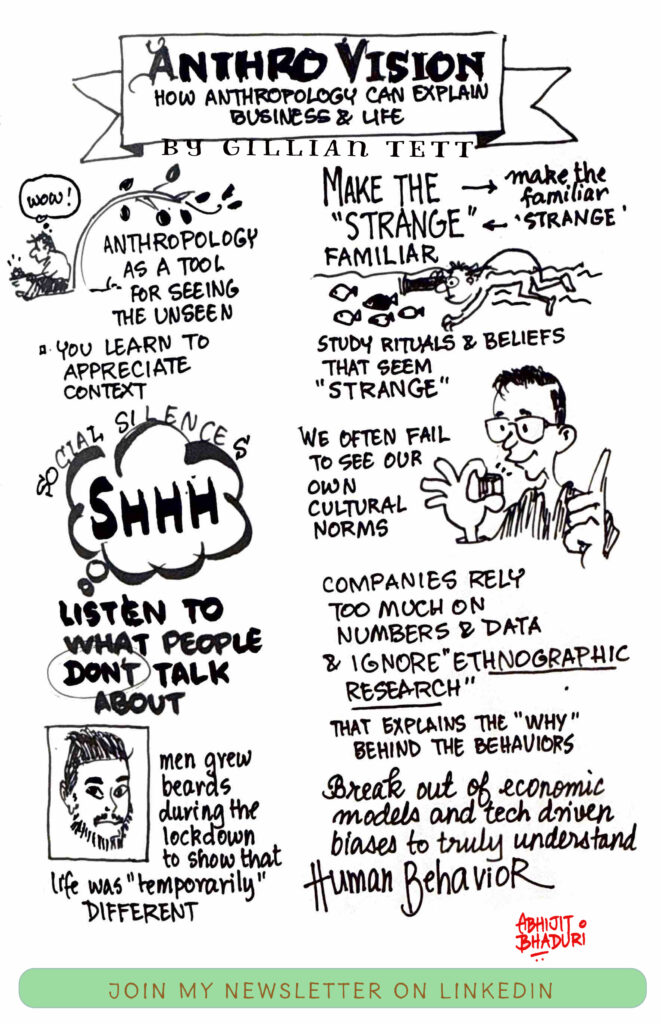
Read my review of The Silo Effect by Gillian Tett <Click this>




